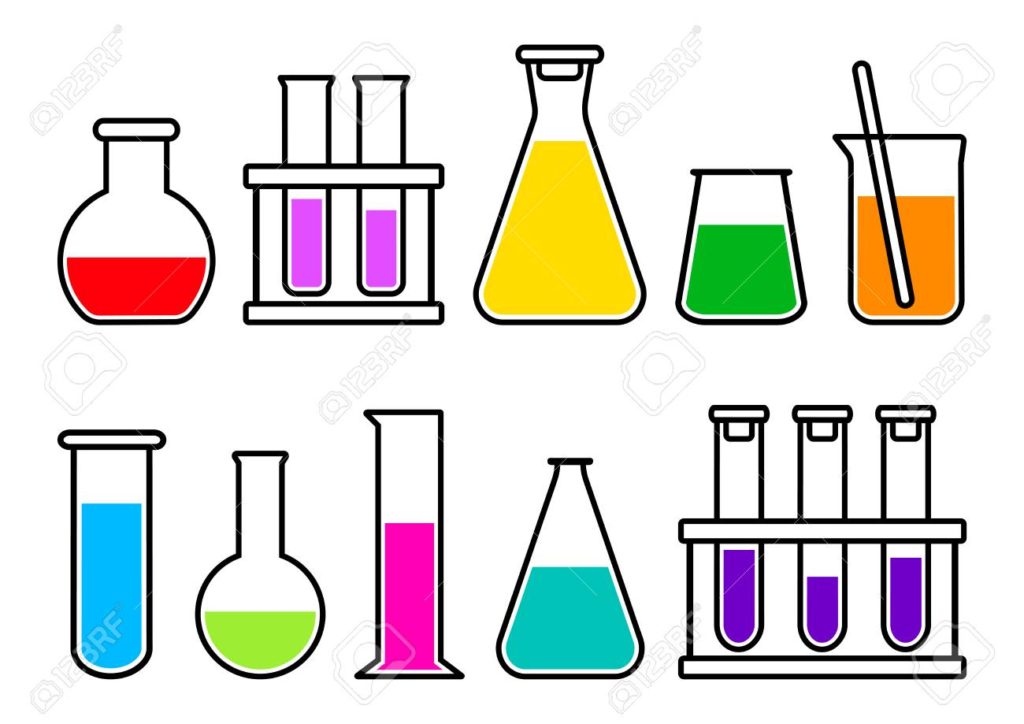Table of Contents
CHEMISTRY SETS
The day of the chemistry set is over, according to an article (Don’t Try This At Home) in the June 2006 issue of Wired magazine. A combination of governmental safety regulations, Homeland Security edicts, liability issues, and popular nervousness – Wired calls it chemophobia – has put curious kids, science-supportive parents, and home-style scientists flatly out of luck. Even the public schools are now turning away from hands-on chemistry labs in favor of teacher (or video) demonstrations.
Admittedly chemistry, misused, can be dangerous – but then so can lots of other things, including football, baseball bats, gas-fueled ovens, and plastic wading pools. Included in the article are three splashy and superb hands-on chemistry experiments. You’ll love them. Just be sure to wear your safety glasses, follow directions, and don’t do anything silly.
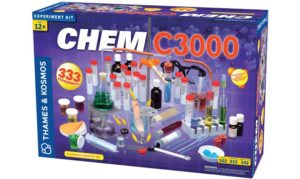 |
Most modern chemistry sets are feeble imitations of their former selves, barely worthy of the name – common ingredients nowadays are clay, balloons, laundry starch, and table salt. A last hold-out is Thames & Kosmos which sells a range of well-designed science kits and chemistry sets, among them the Chem C3000 (“2400 cubic inches of pure chemistry”) which includes a substantial complement of chemicals and laboratory equipment, and a detailed 178-page instruction manual outlining some 360 experiments. It costs about $200 and is recommended for ages 12 and up. |
| Large science supply companies that variously sell lab equipment, kits, and chemicals include the Carolina Biological Supply Company, Scientifics Direct, NASCO, and Ward’s Natural Science Establishment. | |
| American Science and Surplus (“incredible stuff, unbelievable prices”) is a good source for lab supplies and equipment, as well as all sorts of other scientific gadgets, kits, and dohickeys. | |
| Home Science Tools is also a source for lab equipment, lab glassware and plasticware, alcohol burners, and chemicals. |
CHEMISTRY IN FICTION
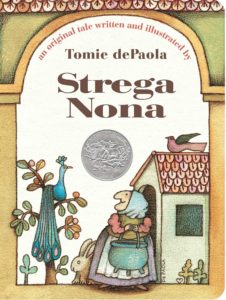 |
From Teaching Science with Children’s Literature, Chemistry includes background info and experiments to accompany twenty different picture books, including Strega Nona, Pinocchio, Snowflake Bentley, and Rumplestilskin. For elementary-level kids. |
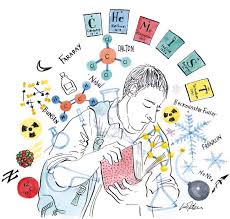 |
Literary reactions is an interesting essay on chemistry as it appears in fiction by chemist Philip Ball. |
| Chemistry and Harry Potter? Check out The Chemical Wizardry of J.K. Rowling. | |
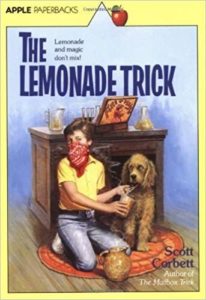 |
In Scott Corbett’s The Lemonade Trick (Scholastic, 1988), Kerby is given a Feats O’ Magic chemistry set by the mysterious Mrs. Graymalkin. When he adds one of the ingredients to a pitcher of lemonade, the results are astounding. For ages 8-11. |
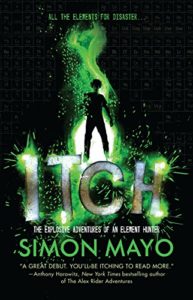 |
Simon Mayo’s Itch (Splinter, 2013) – subtitled “The Explosive Adventures of an Element Hunter” – features fourteen-year-old Itchingham Lofte, out to collect specimens of every element in the Periodic Table. A malevolent teacher, an evil corporation, and a top-secret government agency are all in hot pursuit. A chemical thriller for ages 12 and up. |
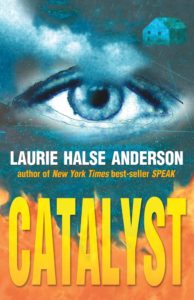 |
In Laurie Halse Anderson’s Catalyst (Speak, 2002), main character Kate is a chemistry whiz who wants only to get into MIT. She lives with her father, a minister, and younger brother Toby, who has asthma; her mother died years ago of pneumonia. Then the house next door, occupied by the awful Litch family, burns, and Kate’s father takes in Teri Litch, Kate’s age, and her two-year-old brother Mikey. Then Kate’s life begins to fall apart: MIT rejects Kate and she has no backup plan; her relationship with her boyfriend is iffy; Mikey – who turns out to be Teri’s son, following rape by her father – is killed. All the chapter titles are based on chemistry concepts, and the story is told through chemistry metaphors. For ages 13 and up. |
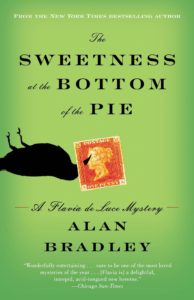 |
By Alan Bradley, The Sweetness at the Bottom of the Pie (Bantam, 2010) is the first of the Flavia de Luce mysteries, a growing series featuring eleven-year-old Flavia, a self-taught chemist, growing up in the 1950s in the crumbling British mansion of Buckshaw, with her eccentric postage-stamp-obsessed father and two interfering older sisters. In times of trouble, Flavia asks “What would Antoine Lavoisier do?” Addictive reads for ages 13 and up. |
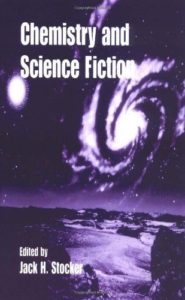 |
Chemistry and Science Fiction, edited by Jack Stocker (American Chemical Society, 1999, covers chemistry in the world of science fiction – of which there’s a lot, from Arthur Conan Doyle to Ray Bradbury. For teens and adults. |
